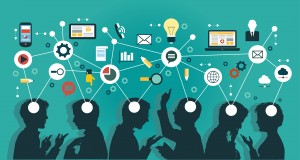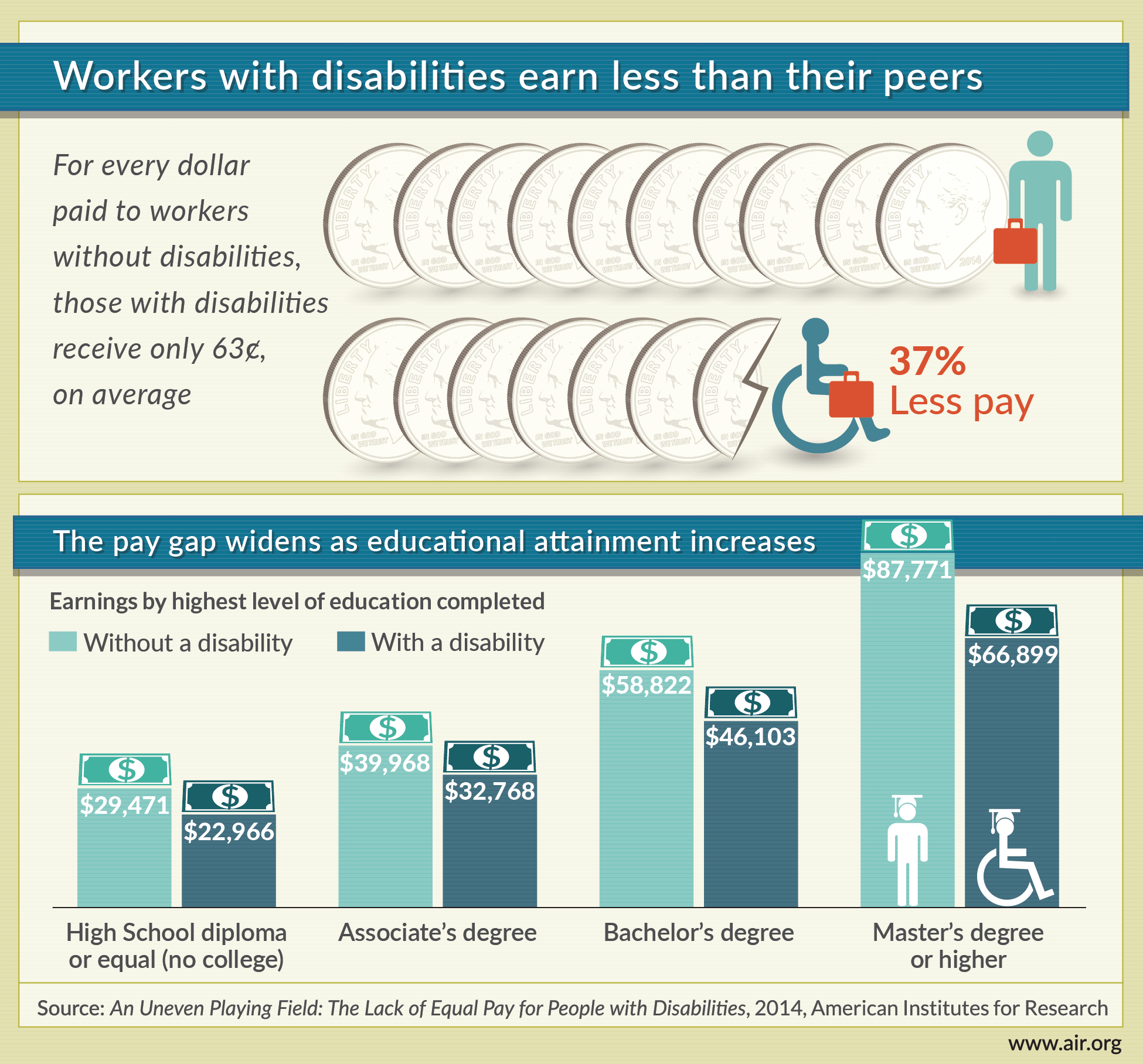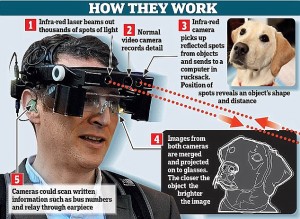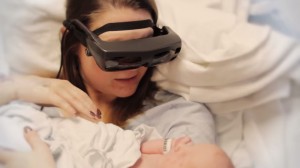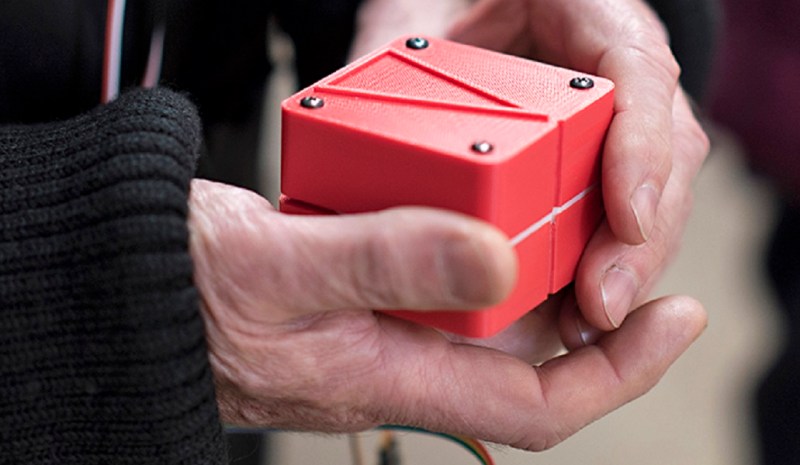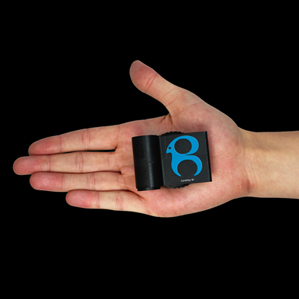This semester, I learned how to use a combination of engineering and creativity skills to create a device to assist an individual with low vision. Throughout the past few months, our team has considered several very different approaches in which we could try to solve this problem and have iterated over some very different prototypes.
A couple of things that I’ve learned about problem solving and think are worth sharing:
1. Simple solutions are often very good solutions.
It’s not too uncommon to be more focussed on creating something impressive rather than something that simply gets the job done, especially here at MIT. When brainstorming, it’s good to note down whatever ideas come to mind, but to also stop sometimes and think about what the basis of problem is and how to address them.
2. Don’t get caught on one idea or in one direction; sometimes you need to consider other options.
This happened to me. Soon after being presented with the problem, I immediately thought of a potential solution, and became too attached to it. Only after we tested it and realized it didn’t give the most accurate results did I start considering going in a different direction. I would think that this is a common occurrence as well, people do get attached to their own ideas.
3. Draw inspiration from your surroundings.
This could be from everyday items around you, something you saw online, or from talking to your friends. I personally found that bouncing ideas off people completely uninvolved in the project often produced interesting ideas because these people often did not experience the problem presented in point #2. My main point is, if you constantly have this problem at the back of your head, you can find inspiration in many things.
